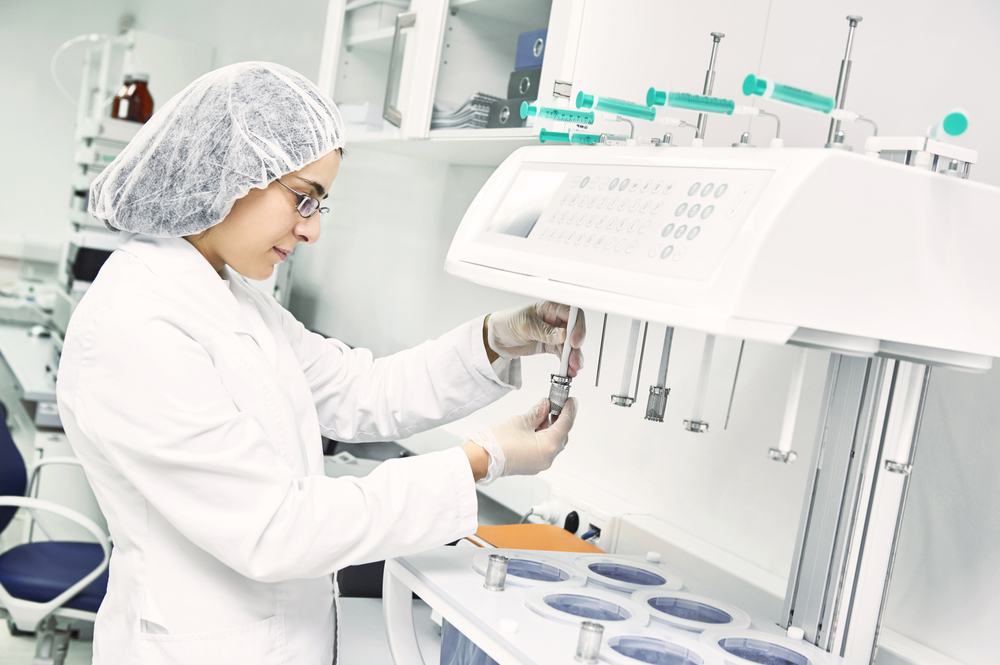Have you ever wondered how pharmacies prepare your medications safely and ensure they are free from harmful germs? The secret lies in a special place called a cleanroom. In this blog post, we will explore the different types of pharmacy cleanrooms and why it is crucial to comply, test, and certify them to ensure the medicines we receive are safe and effective.
SEPS: Your Experts in Sterile Compounding Pharmacy Compliance
SEPS, a scientific equipment Testing, Certification & Service company based in New York, specializes in helping pharmacies maintain sterile environments through cleanrooms. Cleanrooms are specially designed spaces where medicines are prepared, and pharmacists follow strict cleanliness standards, such as USP 800.
Types of Pharmacy Cleanrooms:
- IV Room: Pharmacists prepare medications that need to be delivered directly into a person’s veins in an IV room. Important fluids, such as vitamins or antibiotics, are carefully mixed here. Keeping the IV room completely sterile is essential because these medications go directly into the bloodstream.
- Buffer Room: Buffer rooms are like the “heart” of a cleanroom. They regulate temperature, humidity, and air quality to create a controlled environment. Pharmacists prepare sterile medicines in the buffer room, ensuring that no harmful particles or bacteria contaminate the medication.
- Ante Room: An ante room acts as an “entryway” to a cleanroom. Pharmacists wear special clothing, including masks, gloves, and gowns, to prevent external contaminants from entering the cleanroom. It serves as a barrier between the outside environment and the sterile area.
- Chemo Room: Chemo rooms keep chemotherapy medications separate from others to protect both the pharmacist and the patient. These powerful medicines are used to treat cancer. Therefore, Chemo rooms have special equipment and procedures in place to prevent exposure to the hazardous chemicals involved.
- Hazardous Room: In a hazardous room, pharmacists handle dangerous substances and medications that require extra care due to their toxicity or potential harm. These rooms have special ventilation systems and protective equipment to ensure the safety of the pharmacy staff and patients.
The Importance of Pharmacy Compliance, Testing, and Certification:
- Safety: Complying with strict cleanliness standards ensures that medicines are safe and free from harmful germs. Testing and certification verify that cleanrooms function properly and meet the necessary standards, giving us confidence in the medicines we receive.
- Efficacy: Cleanrooms are vital for maintaining the effectiveness of medications. Without a sterile environment, medicines can become contaminated and lose their potency. Compliance, testing, and certification ensure that medicines are prepared and stored in optimal conditions to retain their effectiveness.
- Patient Health: By following cleanroom standards, pharmacies protect the health of patients. Sterile medications reduce the risk of infections and adverse reactions. Therefore, compliance, testing, and certification provide assurance that the pharmacy is prioritizing patient safety and well-being.
Conclusion:
Cleanrooms play a crucial role in the safe and effective preparation of medications in pharmacies. They maintain a sterile environment and prevent contamination, safeguarding the health of patients. Compliance, testing, and certification, offered by SEPS, help pharmacies ensure their cleanrooms are up to the highest standards. By prioritizing cleanroom protocols, pharmacies demonstrate their commitment to patient safety and delivering high-quality medicines.
